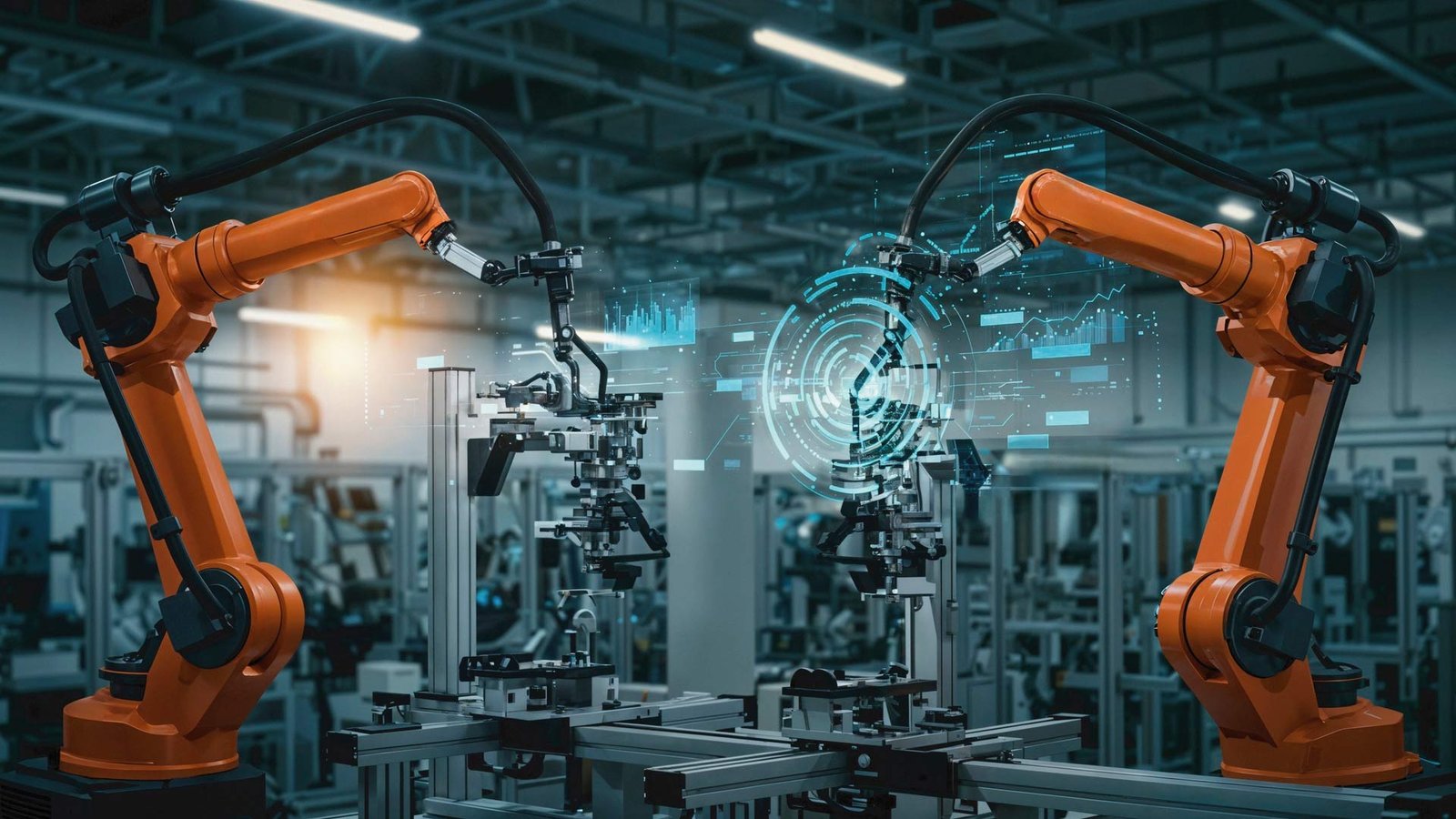Why linear tech is no longer optional in heavy-duty manufacturing—future-ready insights for the C-suite.
The high-stakes world of heavy-duty manufacturing is full of brute strength alone no longer guarantees operational superiority. As we enter the second half of the decade, global pressures—from supply chain volatility to sustainability mandates—are forcing industry leaders to rethink what drives performance. Increasingly, the answer lies in precision engineering, powered by innovations in linear technology.
Table of Contents
1. Accuracy is the New Benchmark
2. Smart Motion Beats Overengineering
3. Strength and Accuracy Aren’t Mutually Exclusive
4. Digital Twins Need Reliable Movement
5. Investing Now Avoids Tomorrow’s Bottlenecks
The Executive Takeaway
1. Accuracy is the New Benchmark
Across sectors like aerospace, energy, and industrial machinery, the race for micron-level precision under intense loads is heating up. According to a 2024 Deloitte survey, over 60% of manufacturing executives rank precision enhancement as a top-three investment priority. This shift isn’t merely about quality assurance—it’s about market positioning.
Where legacy systems relied on hydraulic brute force, modern linear technology brings strength and finesse together. Its ability to maintain accuracy without compromising durability is no longer a nice-to-have—it’s a business imperative. C-suite leaders now ask not if precision should scale, but how fast it can.
2. Smart Motion Beats Overengineering
Traditional motion systems—hydraulic, pneumatic, or gear-based—have long ruled shop floors. But they struggle to adapt in environments increasingly governed by AI-driven analytics, sustainability metrics, and real-time responsiveness.
The benefits of linear motion systems in industrial environments go far beyond efficiency. These systems reduce breakdown frequency, enhance safety, and provide smoother integration with Industry 4.0 ecosystems. When coupled with predictive maintenance algorithms and IoT feedback loops, they extend machinery life while improving overall equipment effectiveness (OEE).
By 2026, analysts forecast that over 40% of global OEMs will replace traditional systems with hybrid or fully electronic linear motion systems—not for novelty, but for necessity.
3. Strength and Accuracy Aren’t Mutually Exclusive
A prevailing myth in heavy-duty manufacturing is that precision comes at the expense of load-bearing strength. That narrative is quickly collapsing.
Consider a 2023 case study from a Tier-1 European auto supplier. After replacing legacy actuators with linear technology solutions—including smart ball screws and electromechanical cylinders—they saw a 38% drop in manufacturing defects and a 22% increase in throughput. The system bore the same weight but delivered surgical control—proof that accuracy amplifies, rather than limits, capability.
4. Digital Twins Need Reliable Movement
As heavy-duty manufacturers accelerate digital twin adoption, linear technology plays an increasingly strategic role. Digital replicas require high-fidelity physical inputs to model, simulate, and predict accurately. Misaligned motion or unaccounted mechanical lag creates blind spots in performance forecasting.
Linear systems equipped with smart sensors and closed-loop controls bridge this gap. They feed real-time positional data into digital environments, unlocking dynamic modeling that supports better decision-making, from procurement to field deployment.
5. Investing Now Avoids Tomorrow’s Bottlenecks
Despite clear ROI signals, many leaders hesitate to make the switch. Capital expenses, integration complexity, and retraining concerns often delay transformation. But deferring change comes at a cost—operational downtime, missed precision targets, and mounting compliance penalties.
By building KPI-aligned roadmaps and piloting retrofits with high-impact use cases, companies can capture the benefits of linear motion systems in industrial environments without full overhauls. The payoff: optimized energy use, streamlined production cycles, and enhanced agility in responding to market shifts.
The Executive Takeaway
Linear technology in heavy-duty manufacturing isn’t just a technical upgrade—it’s a strategic lever for futureproofing. As the line between mechanical engineering and intelligent automation continues to blur, the winners will be those who treat precision engineering not as an expense but as a differentiator.
In 2025 and beyond, strength without accuracy is noise. Real power lies in machines that move smarter—not harder.
Discover the latest trends and insights—explore the Business Insights Journal for up-to-date strategies and industry breakthroughs!

